From Winnipeg to The Canadian Rocky Mountains -- Traversing The Great Fertile Belt of Canada
Fine large railroad map of Western Canada, published by the Canadian Pacific Railway Company.
Updated to December 1907, the map illustrates the existing and projected lines of the Canadian Pacific between Winnipeg and the Candian Rockies.
The map also identifies a number of the mineral resources in the west (primarily coal fields), Indian Reservations, and important trails and roads.
The entire regions is laid out in organized squares, re-assurance to investors and prospective immigrants that the land was ready for settlement and farming.
Settling The Canadian West
The CPR was nearly completed in 1885 when the North West Rebellion, led by Louis Riel, broke out between Métis and First Nations groups and the Canadian government. The rebellion stretched over what is now Saskatchewan and Alberta. After the Cree war party attacked a white settlement at Frog Lake, Canadian militia from Ontario were sent to the District of Alberta via the CPR and fought against the rebels. The rebels were defeated at Batoche, Saskatchewan.
After the 1885 Northwest Rebellion was put down, settlers began to pour into Alberta. The closing of the American frontier around 1890 led 600,000 Americans to move to Saskatchewan and Alberta, where the farming frontier flourished between 1897–1914.
The railways developed town sites six to ten miles apart and lumber companies and speculators loaned money to encourage building on the lots. Immigrants faced an unfamiliar, harsh environment. Building a home, clearing and cultivating thirty acres, and fencing the entire property, all of which were requirements of homesteaders seeking title to their new land, were difficult tasks in the glacier-carved valleys.
Initially, the government preferred English-speaking settlers from Eastern Canada or Great Britain and to a lesser extent, the United States. However, in order to speed up the rate of settlement, the government under the direction of Minister of the Interior Clifford Sifton soon began advertising to attract settlers from continental Europe. Large numbers of Germans, Ukrainians and Scandinavians moved in, among others, often coalescing into distinct ethnic settlement blocks, giving parts of Alberta distinctive ethnic clusters.









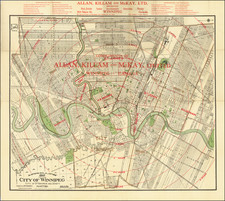
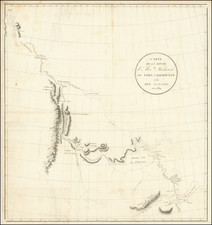
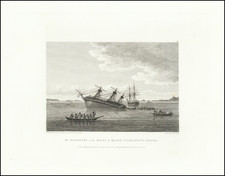
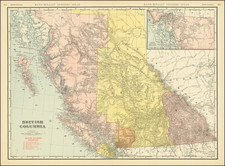
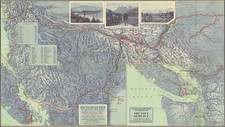
![[ Alaska & Yukon ] Karte zur Abhanđlung über die Geogn. U. Orogr. Beschaffenheit der N.W-Küste Amerikas u. der anliegenden Inseln mit Zugrundelegung der Karten des Hydrogr. Dep. des See-Ministeriums zu St. Petersburg von C. Grewingk 1849](https://storage.googleapis.com/raremaps/img/small/101812.jpg)